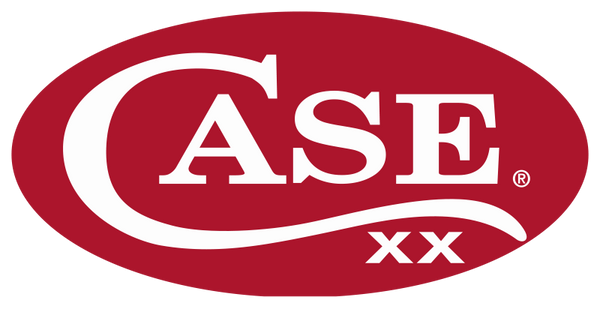5 Minute Owl
Easy beginner project is ideal for teaching and demonstrations.
By: Jan Oegema
Originally published in Wood Carving Illustrated
Materials
- 1"x 1" x 6" basswood or wood of choice
- Finish of choice (I left my owl unfinished, but you could easily use a clear lacquer or washes of acrylic paint)
Tools
- Carving knife of choice
- Pencil
- Ruler
This quick little owl is an excellent project that builds confidence and teaches fundamental carving techniques.
The design includes all of the basic cuts: stop cut, push cut, paring cut, chip cut, and stab cut. Unfortunately, I can’t take credit for the idea. The design has been around for decades and as the instructions have been passed along from carver to carver, the project has evolved and the name of the originator has been lost.
I start with a 6"-long blank. This provides plenty of wood to hold as I carve an owl on each end. When you finish the carving, simply cut it from the blank.
Carving The Owl
Step 1: Draw in the top of the head.
Measure down 1/2" on the front and back corners. Sketch a line from the side corners down to these marks. Use the drawings as a guide. This gives you two triangles on opposite sides of the blank.
Step 2: Shape the top of the head.
Use either a push cut or a paring cut to remove the triangles sketched in Step 1. This forms the top of the owl’s head. The type of cut you use depends on the grain of the wood and your hand strength.
Step 3: Mark the bottom of the head and body.
Use the drawings as a guide. Draw in the perch and the bottom of the head, and make 1/8"-deep stop cuts along these lines. Mark the sharp corners to remove on the belly, sides, and the back of the head.
Step 4: Rough out the owl.
Use a paring cut or a push cut to carve from the middle of the owl’s belly, halfway between the perch and the bottom of the head, up to the stop cuts. Use push cuts to remove the sharp corners on the front and sides of the owl, and taper the
back of the head.
Step 5: Sketch in the beak and ears.
Use the drawings as a guide. The ears are defined by long sloping curves across the top and down both sides. The beak is defined by two triangular cuts starting approximately 1/4" from the front corner of the blank on either side.
Step 6: Carve the ears and beak.
Use a push cut to carve along the sloping lines of the ears. Use caution not to chip out the ears. Make stop cuts along the lines of the beak and slice up to the stop cuts to free the chips. Sketch in the eyes, eyebrows, and claws.
Step 7: Carve the eyes and claws.
Make two small chip cuts on each side of the perch to define the claws. Remove a three-corner chip for each eye. Make two slightly curved angled cuts above the eye for each eyebrow.
Step 8: Add the wings and feathers.
Make two angled cuts to define each wing on the back of the blank. Use a 1/4" #6 gouge to make stab cuts defining the three rows of feathers on the owl’s belly. Apply your finish of choice.
Show Off Your Work!
We'd love to see your finished projects. Share them with us on social media!
About The Author
Jan Oegema lives in Bowmanville, Ont., Canada.
